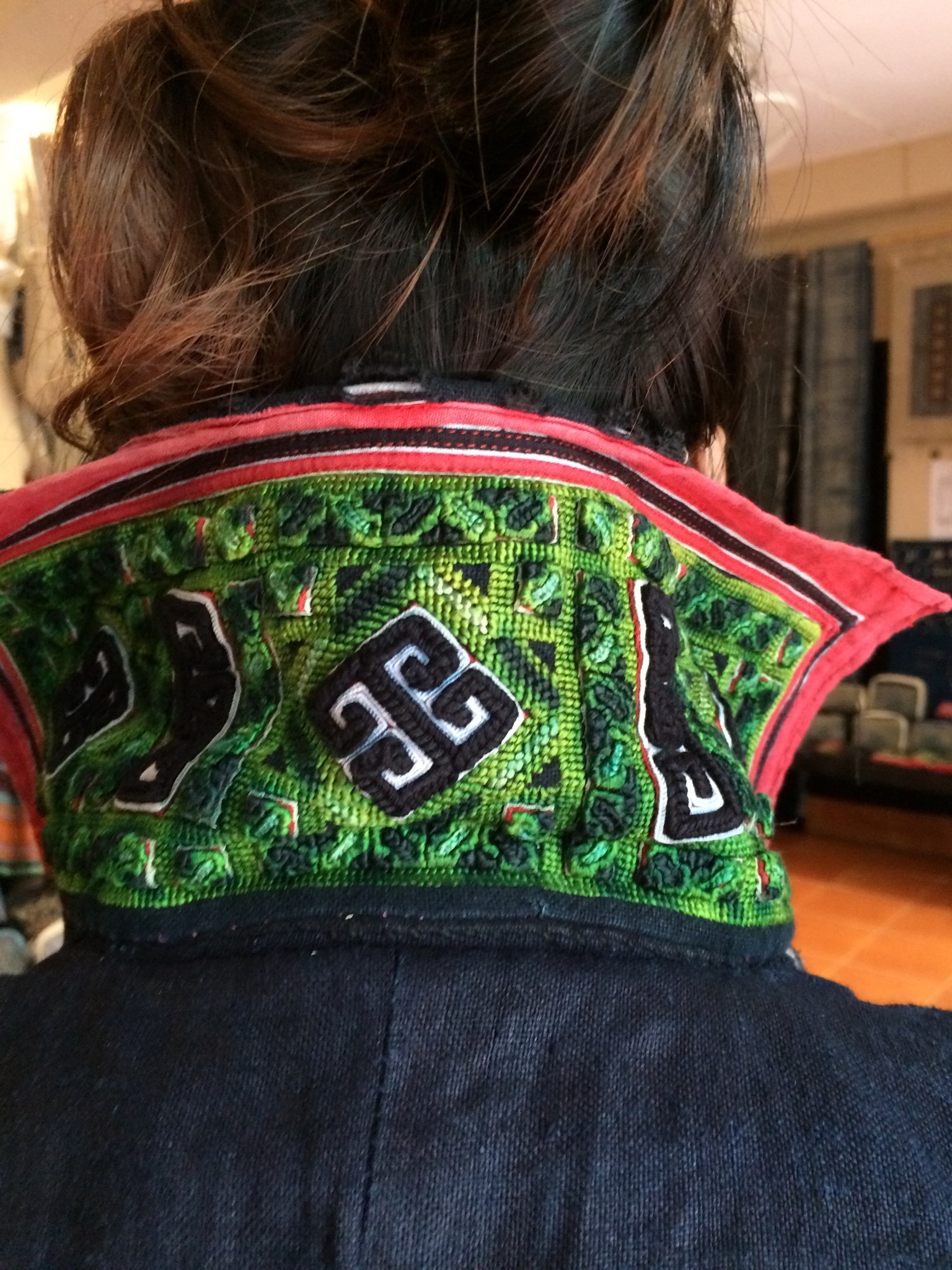I was inspired to make a warp in mostly grey, using this nice Romney as a ground. It would be an Andean pickup piece, with bands of pattern in the center and on the sides. Accordingly, I starting winding a warp, picking how many rounds to use for the plain fields based on previous weavings. I wound 20 rounds for the border, then a pattern band, then 50 rounds, then the center pattern band, then ...29 rounds, and the yarn was finished. Hmm.
Given the limitation of my warping pegs, I'd already taken the first half off and laid it aside, so there the 29 rounds sat, warped and taking up space, waiting for 41 more rounds' worth of yarn. I got to work spinning, and spent most of the next day spinning what looked like a sufficient amount on one spindle, then on the second one. Plied them last night and wound on... anther 20 rounds. So 49 rounds sit there, awaiting the rest of the warp.
Many lessons rolled into one, here. I never weighed or measured the original yarn, so I had no idea how much more I would need - it's all just eyeballing, and clearly my eyeballing is not well developed in this area. Another lesson is that I should probably just keep spinning, making more than seems necessary, because the only problem then would be having more than enough. Another lesson has to do with this yarn not necessarily being ideal for backstrap weaving. I was enthusiastic about spinning it from the lock, and continue to enjoy that, but the crimp and fluff of this Romney make it challenging to spin with perfect smoothness. I will be grappling with this lesson as I weave, but I'm in that too-deep-to-back-out situation at this point, and I'm going to follow through.
As I consider the fact that I'm spinning in a few days the same amount I spun over a year or more, and mentally struggle with the prospect of spending another day or two devoted exclusively to spinning this one type of yarn, it makes me laugh to come across the photos of Ladakhi phangs and plying balls in my archive. This is what production spinning really is - the same thing, again and again until there is more than enough.












